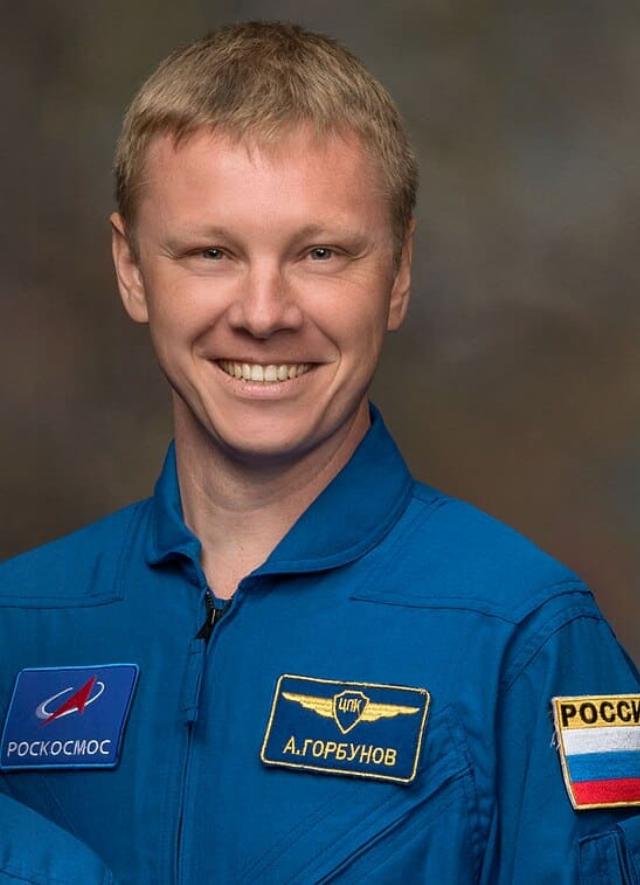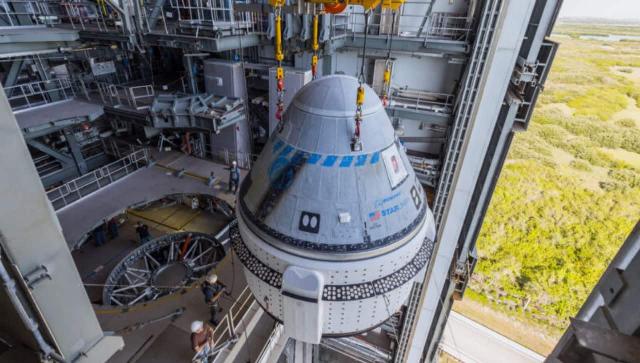The Starliner ship docked to the ISS cannot be undocked from the station in automatic mode, sources from the American space industry claim. Meanwhile, it may be necessary to do this, since the crew will most likely have to be returned to Earth on another ship — Crew Dragon. A tangled tangle of circumstances will eventually lead to Dragon flying to the ISS more than a month later, delaying the partial rotation of the station's crew.
The United States launched the Starliner spacecraft to the International Space Station on June 5, 2024. Instead of a few days, he was stuck there for months: some of the orientation engines were working uncertainly. A new publication by Eric Berger, a well-known journalist at Ars Technica, shows that the problem is even deeper than it seemed, and now it will significantly change the schedule of the ISS.
Firstly, the causes of the problems with the Starliner engines have not yet been fully established. This increases the likelihood that people will not be sent back on it, but the crew will be returned on the SpaceX Crew Dragon ship, which works without problems.
Secondly, it turned out that it would not be possible to simply send Crew Dragon to the ISS, as planned according to the schedule. The fact is that the software version on the current Starliner is not suitable for automatic undocking with the orbital station.

In connection with the problematic software on Starliner, American social networks have already suggested the involvement of the latest wave of illegal migrants hired by the ad in the current problems. Other commentators point out that if migrants had been hired, the situation could have been better than it is now.
Image source: Facebook
Boeing engineers simply did not think that there would be a need to return on a manned ship in unmanned mode. Therefore, although technically the ship can do this (and had such software in previous years), the latest version of its software does not support this feature.
Now NASA will have to wait for a software update from Boeing and do it right in orbit. Usually, this is not implemented, because changing the software in space, risking changing the parameters of the behavior of the spacecraft, is risky to some extent. But not to carry out an update in the conditions that have developed today is even more risky, so the US space Agency, according to three different Berger sources, has already accepted the need for such a step.
However, the update will take weeks anyway. Moreover, it will take some time to test the software after it (in space). Therefore, the docking place on the ISS is occupied for now. We'll have to wait for the update and undocking. As a result, instead of August 18, Crew Dragon will arrive at the ISS on September 24, shifting the station's rotation schedule by more than five weeks. Russian cosmonaut Alexander Gorbunov was supposed to fly on the ship. However, now there is a question about sending it as a whole.

For Alexander Gorbunov, the delayed August flight to the ISS was supposed to be the first space flight in his career
Image source: Wikimedia Commons
The fact is that although SpaceX initially made the Dragon six or seven-seater, NASA demanded to reduce the number of seats to four. The agency simply did not think about the fact that a situation might arise when SpaceX would have to pick up people from the ISS who were delivered there by a Boeing ship, unable to safely return them to Earth.
What is happening shows that a serious decline in the professional level and systemic shortcomings at various levels are not the monopoly of the cosmonautics of other major countries (except China), as one might think from the events of 2014-2023. They are quite common in the United States, with the exception of SpaceX. Against this background, the American press became concerned that Elon Musk's company could become a de facto monopolist in the US space industry, and this is considered politically unacceptable there.

